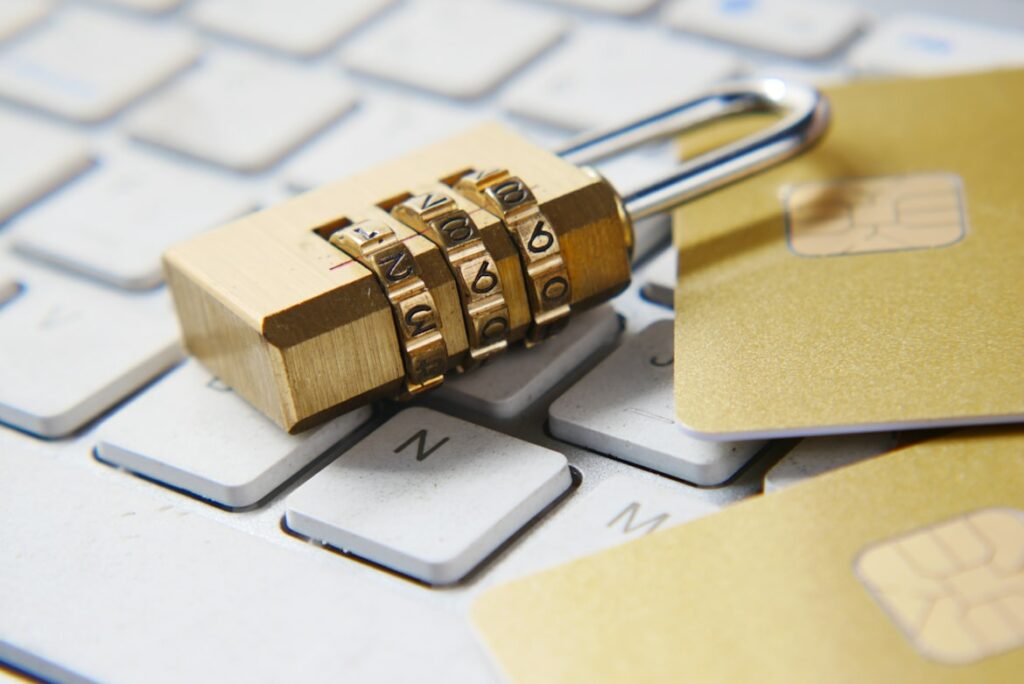Today’s fast-paced, digitally-first society makes it more crucial than ever to protect your company’s security. It’s imperative to implement strong security measures in place to safeguard your sensitive data, intellectual property, and consumer information because cyber threats are becoming increasingly sophisticated.
Keep reading to learn about a few critical measures that can help increase your business security and safeguard your valuable assets.

Conduct Risk Assessments Through Pen Testing
Finding weak places in the organization’s IT infrastructure can be accomplished through regular risk assessments. In that context, penetration testing is a security approach that analyzes the robustness and integrity of your computer system. This specific security activity provides a thorough evaluation of the safeguards in place and points out any weaknesses that an attacker might exploit.
If you don’t have the resources to conduct it in-house, consider hiring penetration testing services. These professionals will inform you about the penetration testing steps and methodologies they use so that you’ll know what to expect.

Enable Multi-Factor Authentication (MFA)
Requesting several forms of authentication from staff members is another great way to strengthen security protocols and increase resilience against data breaches. An additional degree of security can be added by doing anything from employing biometrics (using your fingerprint, for example) to getting a unique OTP (one-time password) on their smartphones.
In a scenario where credentials might be compromised, with MFA in place, the risks of losing access or an attacker gaining unauthorized access are much lower.
Regularly Update and Patch Software
Cybercriminals frequently take advantage of software faults to obtain illegal access to systems. It is essential to update and patch all software programs utilized in your company regularly to reduce this type of risk. Operating systems, firewalls, antivirus programs, and other essential software components fall within this category. Whenever acceptable, enable automated updates to guarantee that security adjustments are installed on time.
Educate Employees on Security Best Practices
Your employees are an important link in your security chain, especially when it comes to identifying and reporting phishing attacks. In fact, in 2022 alone, there were more than 255 million phishing attacks. So teach your employees security best practices, like how to spot phishing emails, steer clear of shady websites, and share sensitive details with caution.
Arrange frequent training sessions to update employees on the latest cyber threats as well as proper countermeasures. Cultivate a security-conscious culture across all levels of your company.
Implement Data Encryption
Implement encryption for both the data in transit and the data at rest. Data encryption makes sure that information remains unreadable and unusable even in the wrong hands. Use sturdy encryption techniques and safe key management procedures to protect the integrity and confidentiality of data.
Regularly Back up Data
Among the main reasons for data loss, device failures, malware attacks, and inadvertent removals take center stage. To mitigate the effects of these kinds of emergencies, you always need to keep backup copies of your data. Establish a comprehensive backup strategy that incorporates both on- and off-site backups. Test the restoration process often to make certain that your backups remain accessible and intact.
Restrict Access to Sensitive Information
Establish rigorous access controls to verify that only authorized individuals have access to confidential information. Employ the least privilege concept, allowing employees access rights that correspond with the needs of their jobs. Make sure that only individuals who require access have it by reviewing and updating permissions on a regular basis. To recognize any unwanted access attempts, keep an eye on and record access activities.
Invest in Firewalls and Intrusion Detection Systems
Your internal network and outside risks are separated by firewalls. Invest in solid firewall systems that can reliably keep an eye on and govern all network traffic, both coming in and leaving out. Install intrusion detection and prevention systems to keep an eye on network operations and spot any unethical or suspicious activity. These systems can assist in quickly identifying and addressing possible hazards.
Conclusion
For businesses of all sizes, maintaining solid organizational safety is essential given the dynamic business landscape of today. Businesses can decrease risks and protect their treasured assets through the adoption of a flexible and all-encompassing security strategy that includes both human and technology components.
The incorporation of solid password regulations, allowing multi-factor authentication, upgrading software regularly, performing risk assessments, training staff, and protecting data, are all important elements of a secure and thorough security approach.
